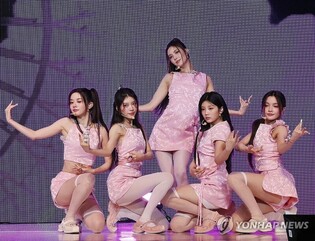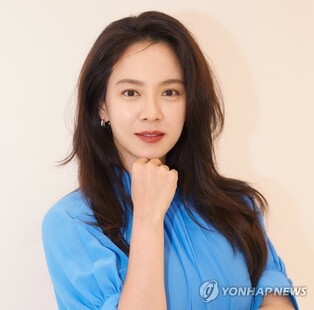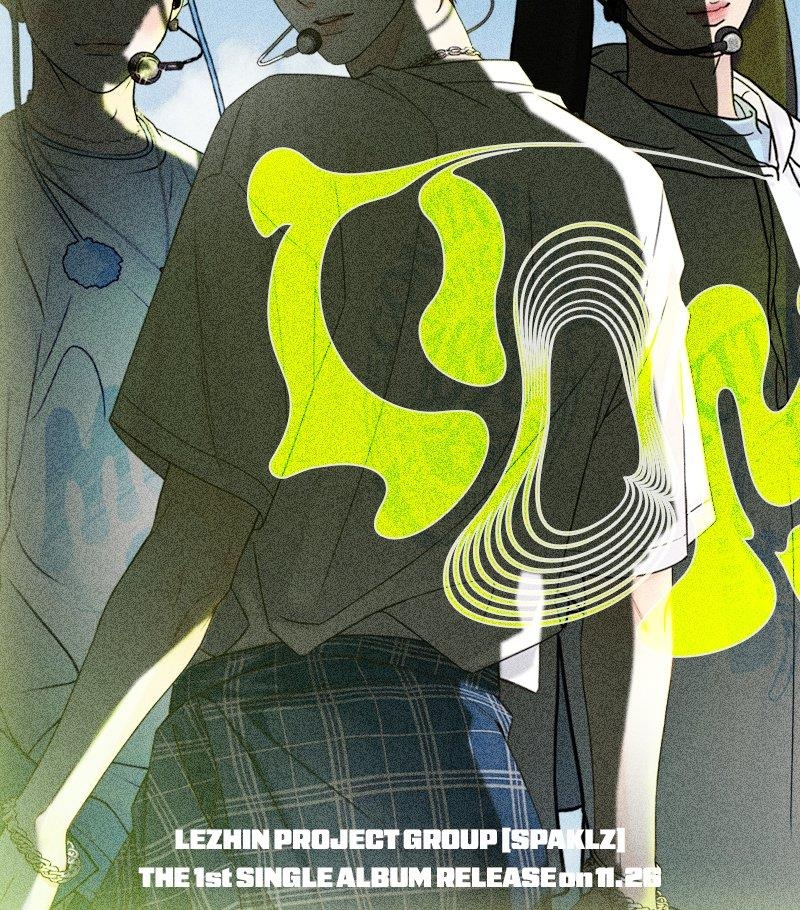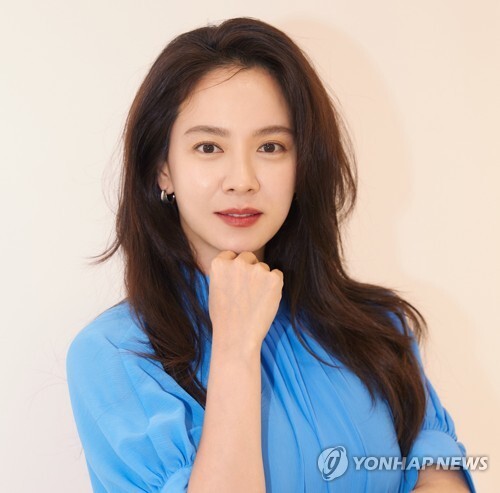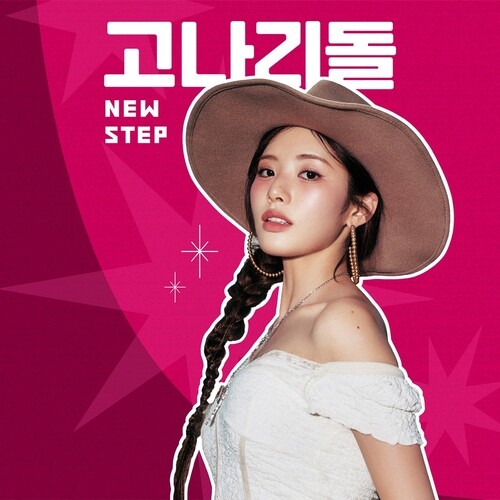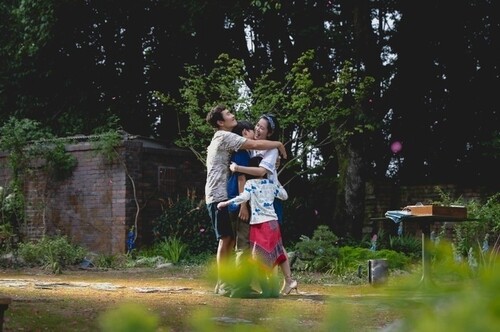Sound of autumn departing, sound of winter arriving
By Do Gwang-hwan
--"Where does this sound come from?"
--"The stars and the moon shine brightly, and a clear Milky Way hangs in the sky, but there are no human sounds around, and the sound comes from among the trees."
This is a dialogue between a scholar and a poet in a passage from “Chuseongbu (秋聲賦)” written by the Song Dynasty literary figure Gu Yangsu (1007~1072).
Autumn is the season of sounds. The sound of stepping on fallen leaves comes to mind first, and the chirping of crickets is also reminiscent, but the sound of the wind is the most prominent. It is the sound that heralds winter.
“Chuseongbu” became well-known to us, thanks to Kim Hong-do. In his final years, he wrote a specialized version of “Chuseongbu” and painted “Chuseongbu-do (秋聲賦圖)” (1805) with a width exceeding 2 meters.
 |
| ▲ “Chuseongbu-do (秋聲賦圖)” (1805) |
On the right, beneath a quiet mountain, there is a scholar’s house. The full moon of late autumn is in the sky.
The scholar, reading by the round window like the moon, is startled by an unfamiliar sound and calls his servant to inquire.
Turning his gaze to where the servant gestures, he sees a barn-like structure and small and large trees surround it, bathed in moonlight. The remaining leaves seem about to fall.
The sound of the autumn night wind is not unfamiliar. Why does it sound so strange to the scholar?
At the end of the long inscription on the left, it is written, "Three days after the winter solstice of the year Yichou, Danqiu wrote this." (乙丑冬至後三日 丹邱寫). “Danqiu (丹邱)” is Kim Hong-do’s pen name.
Kim Hong-do left behind many works, but revealing a specific date like “Chuseongbu-do” is rare. Yichou year corresponds to 1805, and it is speculated to be shortly before his death.
“Chuseongbu-do” is considered one of his final works. Perhaps he foresaw the end of his life while listening to the sound of the autumn wind and reciting Gu Yangsu’s poem, painting this picture.
Whether due to impending death, the loneliness of his situation, or the fragments of past glory and frustration haunting him, the late autumn wind sound seems so indifferent.
Kim Hong-do was an artist cherished by King Jeongjo. If Jeong Yak-yong was prominent in politics, Kim Hong-do was undoubtedly so in the arts.
 |
| ▲ A part of “Chuseongbu-do (秋聲賦圖)” (1805) |
After Jeongjo’s death in 1800, he was rejected by the ruling faction, experiencing such misery that even food was scarce. Kim Hong-do’s last year is estimated to be 1806, but the exact date is unknown.
Did he welcome the following spring? Since “Chuseongbu-do” was painted in late autumn of 1805, he likely survived until the next year.
In a painting preceding “Chuseongbu-do,” in his friend Yi In-mun’s poem on another work, “Masangcheongeongo (馬上聽鶯圖),” it is written: “Gathering mist and rain, weaving the spring river.”
Like the warm sunlight of spring, I hope he concluded his life under abundant sunlight. However, thoughts like “What’s the use of that?” arise.
Whether death is filled with remorse or shines brightly, what use are wind, sunlight, dew, rain, and mist? When ascending to the sky, perhaps only the warmth of the hand of the one who holds it tightly can be comforting.
Even if it’s just one person...
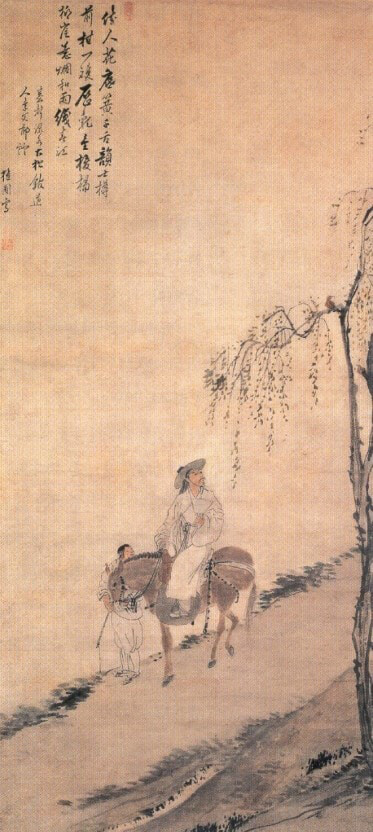 |
| ▲ “Masangcheongeongo (馬上聽鶯圖)” |
(C) Yonhap News Agency. All Rights Reserved








